The Society for the Protection of Ancient Buildings Scotland has just published a photographic survey of thatched buildings in Scotland. The report shows that Fife is the area with the fifth highest number of thatched buildings behind the Western Isles, Highlands, Argyll and Perth. It shows too that most of the Kingdom’s thatch is to be found around Collessie, Auchtermuchty and Cupar. Coincidentally, a gorgeous, ‘chocolate-box’ thatched cottage (above) in Collessie has just gone on the market. See details below.
In his forward to the report, Dr David Mitchell Msc IHBC FSA Scot Director of Conservation, says:
‘Scotland has a long tradition of using thatch, and one of the most diverse ranges of thatching materials and techniques found in Europe. In some parts of the country the local traditions of thatching continued until the beginning of the 20th century. However, since then, thatched buildings have largely disappeared from the rural landscape in many parts of Scotland. Developments in land use, farming practices and a loss of skilled workers have led to changes in the rural economy and the many trades and traditions which it once supported, including thatching.
On the Western Isles, where a significant number of thatched buildings do survive, changes in crofting practices have led to a decline in the availability of marram grass traditionally used for thatch. Many areas of wetland that produce reed thatch, traditionally found in Tayside and Fife, are now protected for valid biodiversity reasons, which can mean that harvesting the reed for thatch is not always possible.
More serious even than the sourcing of suitable materials is the lack of skills in traditional thatching. There are only a handful of thatchers practising in Scotland; the physical skills and intangible cultural heritage are in many cases not being passed on to the next generation.
Traditionally sourced from whatever was found to hand, thatch is also one of the most harmonious roofing materials, blending naturally into the surrounding landscape from which it is taken. Due to its perishable nature, a traditional Scottish thatched roof will rapidly deteriorate unless it is regularly maintained. Since 1998 Historic Environment Scotland has supported owners of thatched buildings through the Thatched Buildings Maintenance Grant Scheme, which has enabled many thatched buildings to be repaired and kept in use. This survey is the essential first step in identifying the type and quality of thatched buildings which remain, so that skills and resources can be directed most effectively.’
You can find out more about the survey here and about the Collessie cottage here.

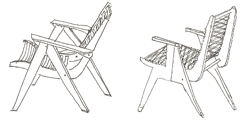
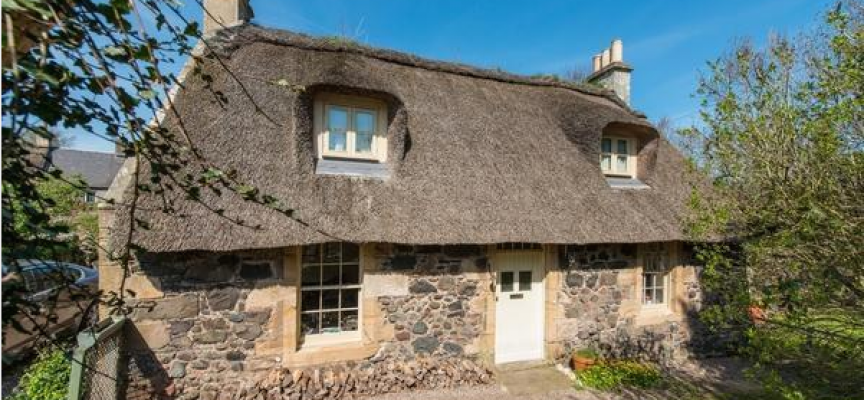
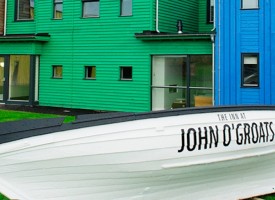
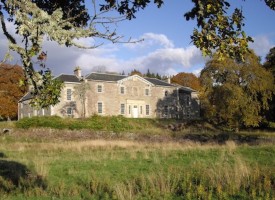
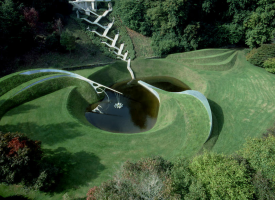


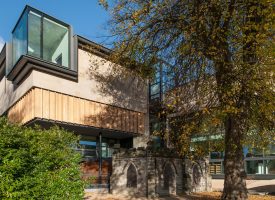
No comments!
There are no comments yet, but you can be first to comment this article.